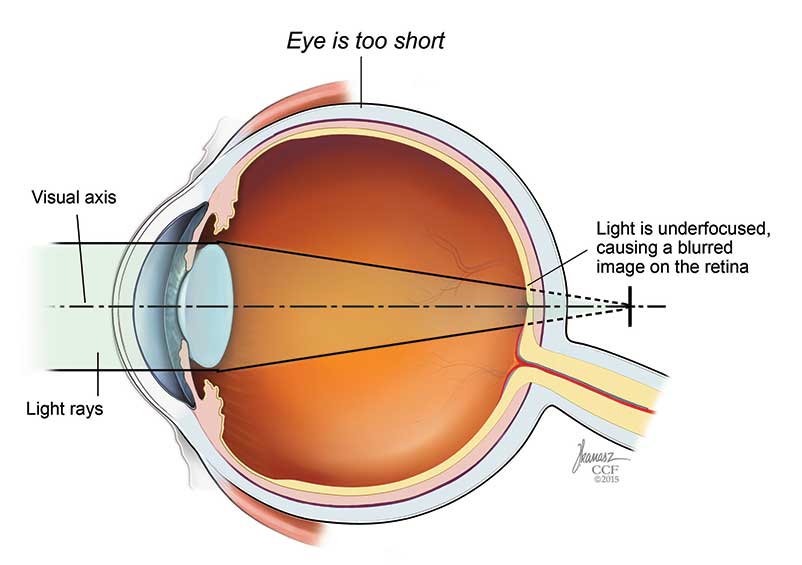You want to live life to the fullest. The only way to do so is to look after your healing, including your eyesight. Unfortunately, the condition of your eyesight is one of the things you have the least control over. Most people are born with eye trouble or develop it with age. However, things are not completely out of your control. If you are having problems with your vision, how you respond makes a big difference in how significant it becomes.
Astigmatism is one such type of eye disease. It is very common and treatable. Astigmatism occurs when the clear part in the front of the eye known as the cornea is not completely round. This is the most straightforward astigmatism definition. The condition leads to blurred vision when you try to look at things near you or in the distance. If you have a severe case of the disease, you may experience astigmatism lights, which include distorted vision, eye strain, and difficulty seeing at night.
The best response to astigmatism is to see a doctor who will then refer you to an optometrist or ophthalmologist. These are qualified professionals who can carry out an eye exam and make a definitive determination about your condition. If it turns out you do have this condition, you can for the most part carry on with life as usual. However, you will need to start wearing eyeglasses or contact lenses. You may also need to undergo other treatments to help you see clearly.
You should know that millions of people all over the world live with astigmatism. In many instances, they are born with it and have to wear glasses starting in childhood. The condition is also a common symptom of aging. You may start to develop symptoms in your forties, and your eyesight will continue to worsen as you approach sixty.
Working with an eye physician will ensure you get the right treatment. You may need to start wearing reading glasses, prescription eyeglasses, or contact lenses. If you have never had to wear such things before, it can be hard to get used to. This is one of the reasons why you should deal only with a qualified and experienced doctor. You need someone who knows how to identify the least intrusive means of helping you see clearly. You also want to work with someone who can help you make the transition.
If you have astigmatism, life will go on. You will only need to make a few minor adjustments. The most important thing you can do to ensure such a smooth transition is to monitor your eyesight. If you find yourself holding objects or printed material away from you to read it, then you may have a problem and you should see a doctor sooner rather than later. The earlier you get the diagnosis, the better chance you have of slowing the rate of deterioration. You should seek the best and most reliable treatment. Nothing short of your future health and happiness is at stake.










